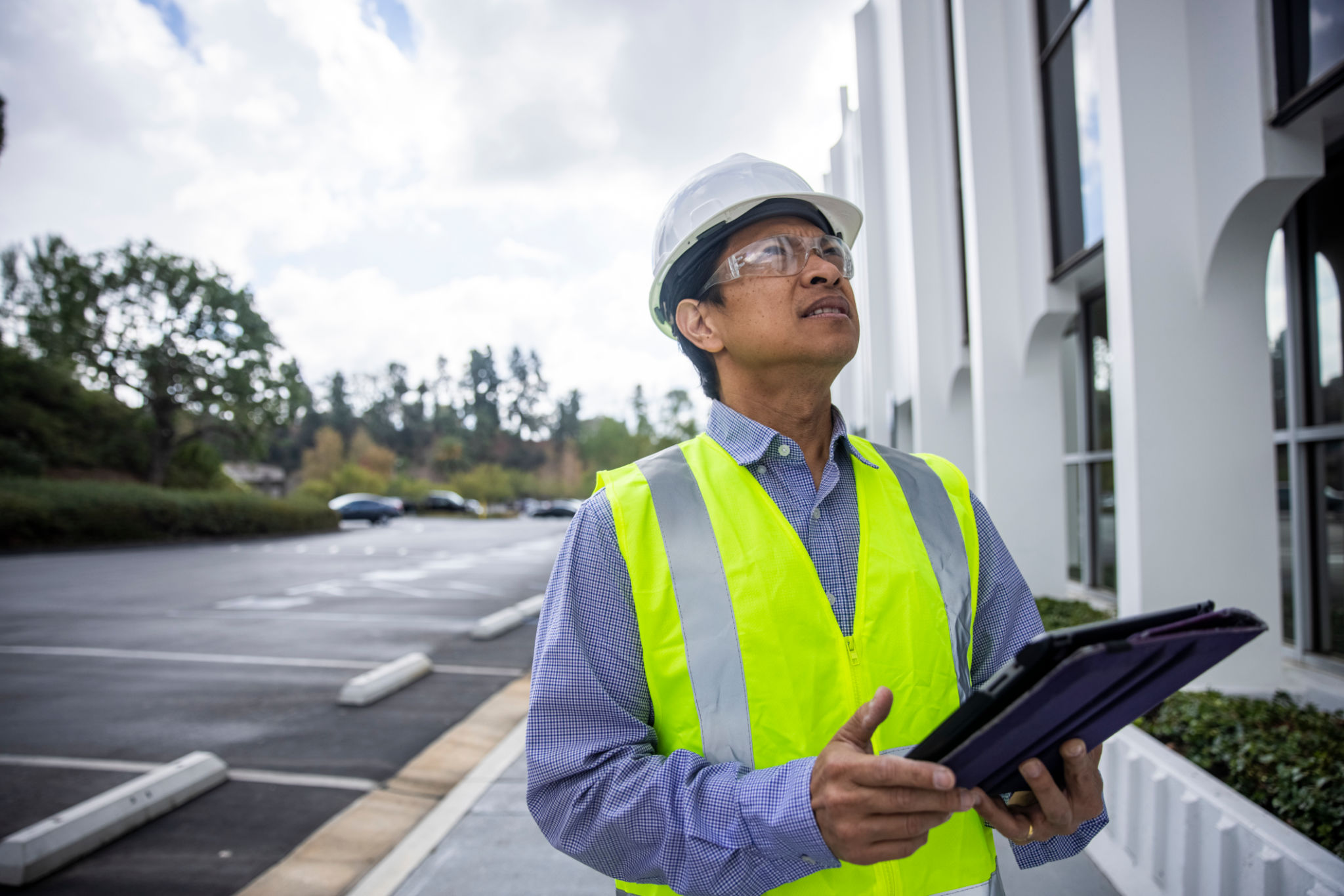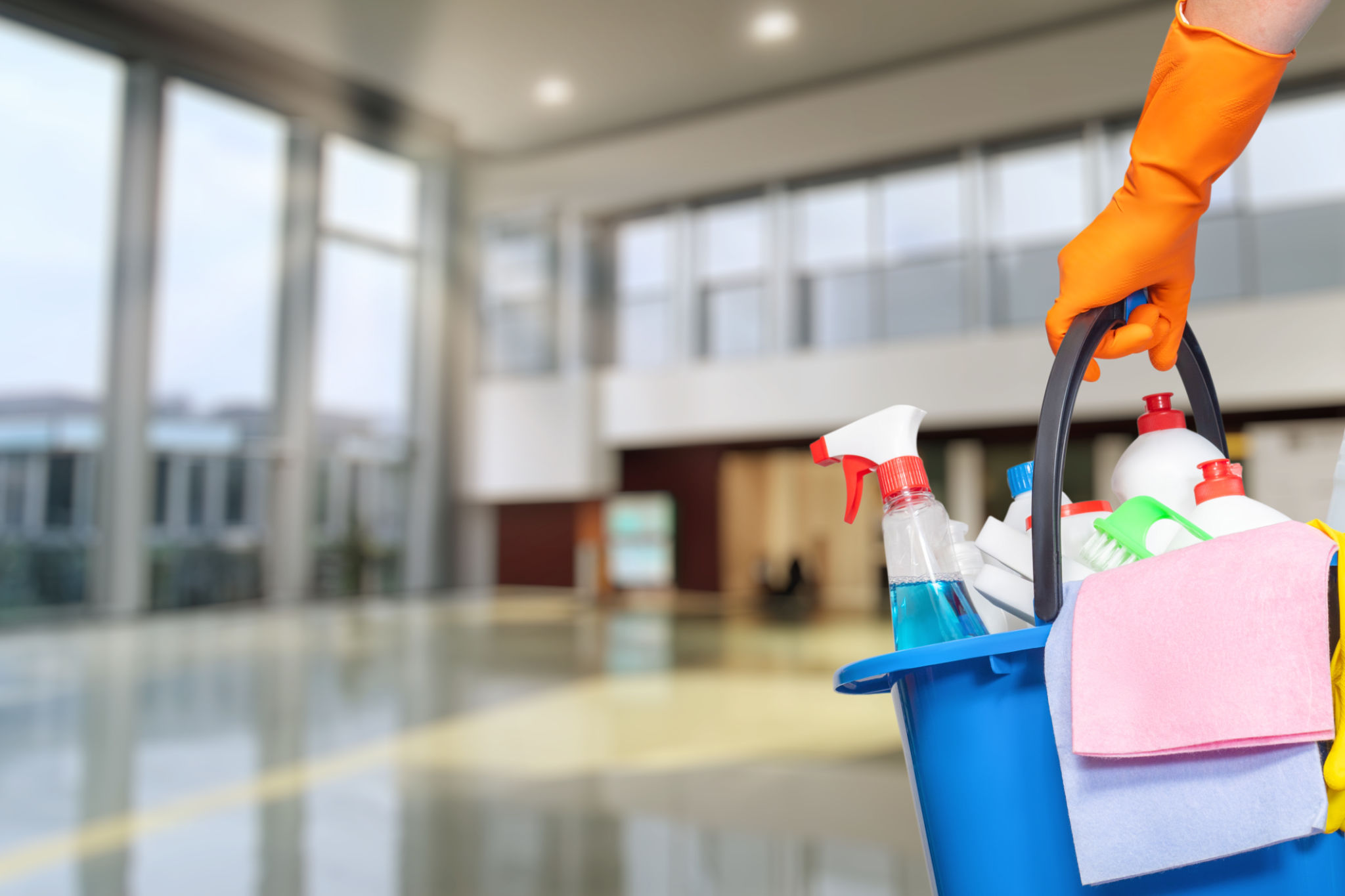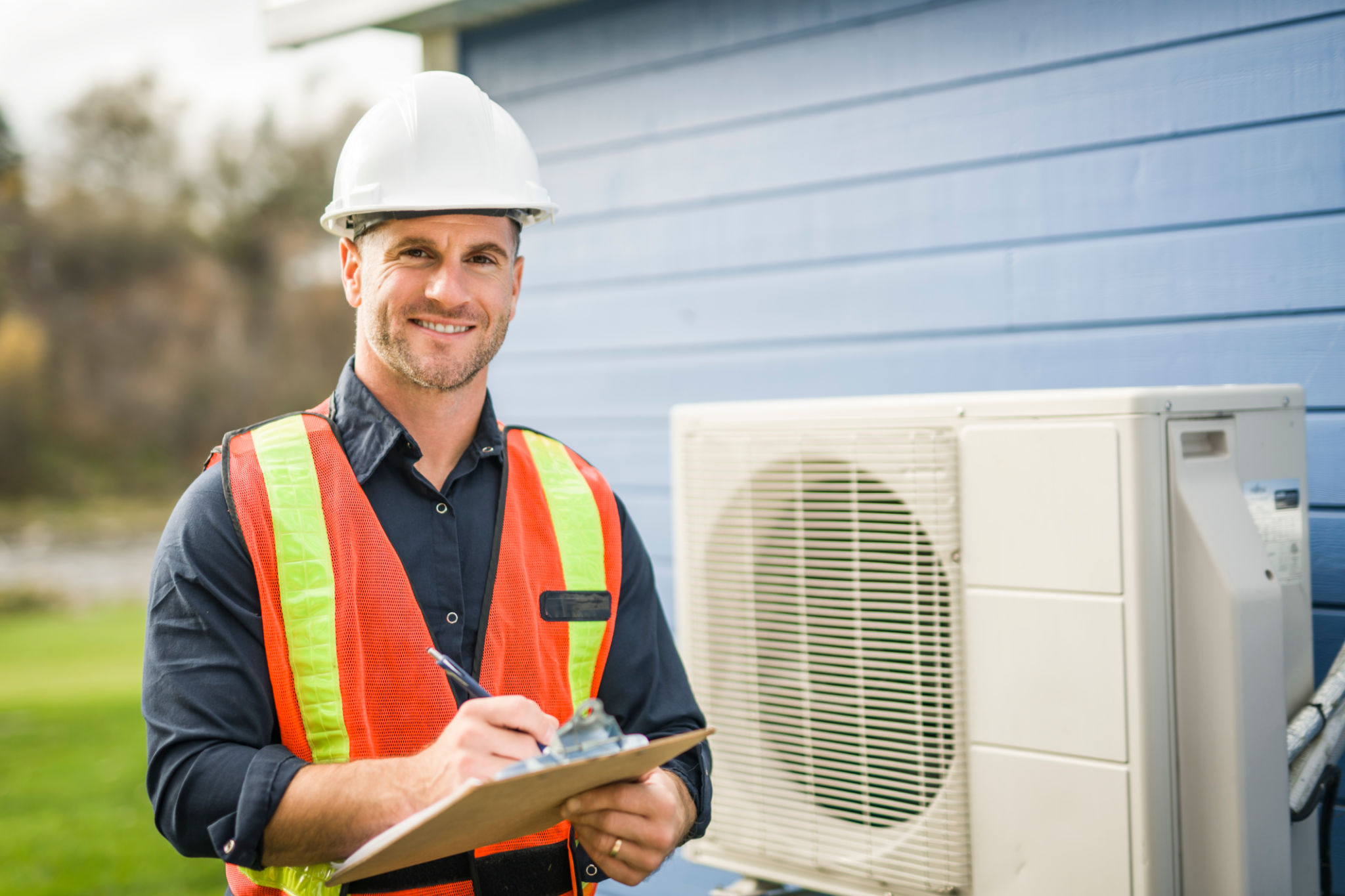DIY Tips for Basic Commercial Property Maintenance
Understanding the Basics of Commercial Property Maintenance
Maintaining a commercial property can seem daunting, but with some basic knowledge and a proactive approach, you can keep your property in top shape while also saving on costly repairs. Whether you're a property manager or an owner, understanding the essentials of property maintenance is crucial for preserving your investment.
Regular upkeep not only enhances the aesthetic appeal of your property but also ensures the safety and functionality of the space. This blog post will guide you through some DIY tips that can help manage basic maintenance tasks efficiently.

Conducting Regular Inspections
The first step in effective property maintenance is conducting regular inspections. Create a checklist covering all critical areas such as plumbing, electrical systems, roofing, and HVAC units. Early detection of issues can prevent minor problems from escalating into major repairs.
During inspections, pay attention to signs of wear and tear, leaks, strange noises, or any unusual smells. Document your findings and address any immediate concerns to ensure safety and compliance with local regulations.
Maintaining the Exterior
The exterior of your commercial property is the first impression visitors and clients have. Keeping it clean and well-maintained is essential. Regularly clean and power wash walkways, walls, and windows to remove dirt and grime. Check for any cracks or damage in the pavement or building façade and repair them promptly.

Landscaping is another important aspect. Trim overgrown trees and shrubs, remove weeds, and ensure proper drainage to prevent water damage. A well-maintained exterior reflects positively on your business and attracts potential clients.
Ensuring Safety Through Lighting
Proper lighting is crucial in commercial properties for both security and functionality. Conduct routine checks to ensure all lights are working correctly, including exterior lights in parking lots, entranceways, and corridors. Replace any burnt-out bulbs promptly to maintain visibility and safety.
- Check for flickering lights or dim areas.
- Consider upgrading to energy-efficient LED lighting.
- Install motion sensors to enhance security and save energy.
Managing HVAC Systems
Heating, ventilation, and air conditioning (HVAC) systems require regular maintenance to function efficiently. Change air filters every 1-3 months, depending on usage, and schedule annual professional inspections to ensure everything is running smoothly. Clean air ducts and vents to improve air quality and energy efficiency.

An efficiently operating HVAC system not only provides comfort but also reduces energy costs significantly. Be proactive in addressing any unusual noises or fluctuations in temperature as these could indicate potential issues.
Creating a Maintenance Schedule
To streamline property maintenance tasks, develop a comprehensive schedule that outlines routine inspections and tasks for each area of your commercial property. This plan should include daily, weekly, monthly, and annual tasks to ensure nothing is overlooked.
- Daily: Check exterior lighting and clear debris from walkways.
- Weekly: Inspect plumbing fixtures and clean common areas.
- Monthly: Test smoke detectors and change air filters.
- Annually: Conduct roof inspections and service HVAC systems.
A well-organized schedule helps in anticipating maintenance needs and managing them effectively without overwhelming yourself or your team.
By implementing these DIY tips for basic commercial property maintenance, you can safeguard your investment while creating a safe, welcoming environment for tenants and customers alike. Regular maintenance not only prolongs the life of your property but also enhances its value over time.